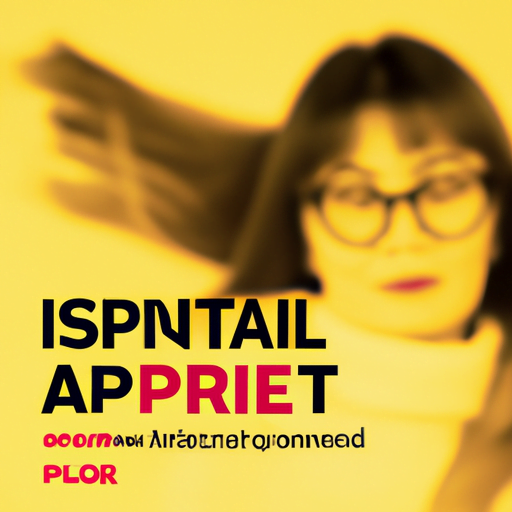
-
Table of Contents
Typography in Cultural Event Branding: Capturing the Spirit

Typography plays a crucial role in cultural event branding, as it has the power to capture the spirit and essence of an event. Whether it’s a music festival, art exhibition, or theater performance, the typography used in promotional materials can evoke emotions, convey the event’s theme, and create a memorable experience for attendees. In this article, we will explore the importance of typography in cultural event branding and how it can effectively communicate the spirit of an event.
The Power of Typography in Cultural Event Branding
Typography is more than just selecting a font for a poster or flyer. It is a visual language that communicates the personality, mood, and message of an event. When used effectively, typography can create a strong visual identity that resonates with the target audience and sets the tone for the entire event.
Here are some key reasons why typography is essential in cultural event branding:
- Establishing a Visual Identity: Typography helps create a unique visual identity for an event. By carefully selecting fonts, colors, and layouts, event organizers can differentiate their event from others and establish a recognizable brand.
- Conveying the Event’s Theme: The right typography can instantly convey the theme or concept of an event. For example, a music festival focused on electronic music may use bold, futuristic fonts to reflect the genre’s energy and modernity.
- Eliciting Emotions: Typography has the power to evoke emotions and create a connection with the audience. By choosing fonts that align with the desired emotional response, event organizers can create anticipation, excitement, or even nostalgia.
- Enhancing Readability: Clear and legible typography is crucial for conveying information effectively. Event details such as dates, locations, and ticket prices need to be easily readable to ensure attendees have all the necessary information.
Case Studies: Typography in Cultural Event Branding
Let’s explore some real-world examples of how typography has been used effectively in cultural event branding:
1. Coachella Music Festival
Coachella, one of the world’s most famous music festivals, has a distinct typographic style that captures the spirit of the event. The festival’s logo features a bold, retro-inspired font with a gradient effect, reminiscent of the vibrant and eclectic atmosphere of the festival. This typography is consistently used across all promotional materials, creating a cohesive and recognizable brand identity.
2. Cannes Film Festival
The Cannes Film Festival, known for its glamour and prestige, uses elegant and sophisticated typography in its branding. The festival’s logo features a custom-designed serif font that exudes a sense of tradition and sophistication. This typography choice reflects the festival’s commitment to showcasing high-quality cinema and attracts filmmakers, actors, and industry professionals from around the world.
3. Art Basel
Art Basel, a leading art fair, uses clean and minimalist typography in its branding. The event’s logo features a simple sans-serif font that allows the focus to be on the artwork itself. This typography choice aligns with the contemporary and modern nature of the art showcased at the fair.
Typography Trends in Cultural Event Branding
Typography trends in cultural event branding are constantly evolving, influenced by design movements, technology advancements, and cultural shifts. Staying up-to-date with these trends can help event organizers create fresh and engaging branding materials. Here are some current typography trends in cultural event branding:
- Handwritten Fonts: Handwritten fonts add a personal and authentic touch to event branding. They can evoke a sense of intimacy and connection, making attendees feel like they are part of something special.
- Experimental Typography: Breaking the rules and pushing the boundaries of typography can create a unique and memorable visual experience. Experimental typography can be used to reflect the avant-garde nature of certain cultural events.
- Custom Typography: Creating custom typography specifically for an event can help establish a strong and recognizable brand identity. Custom fonts can be designed to reflect the event’s theme, concept, or even the location where it takes place.
- Responsive Typography: With the rise of digital platforms, responsive typography has become increasingly important. Event organizers need to ensure that their typography is legible and visually appealing across various devices and screen sizes.
Conclusion
Typography is a powerful tool in cultural event branding, allowing event organizers to capture the spirit and essence of their events. By carefully selecting fonts, colors, and layouts, typography can establish a visual identity, convey the event’s theme, elicit emotions, and enhance readability. Real-world examples such as Coachella, Cannes Film Festival, and Art Basel demonstrate how typography can effectively communicate the spirit of an event. Staying up-to-date with typography trends can help event organizers create fresh and engaging branding materials. Ultimately, typography is an art form that can elevate cultural events and create a lasting impression on attendees.
